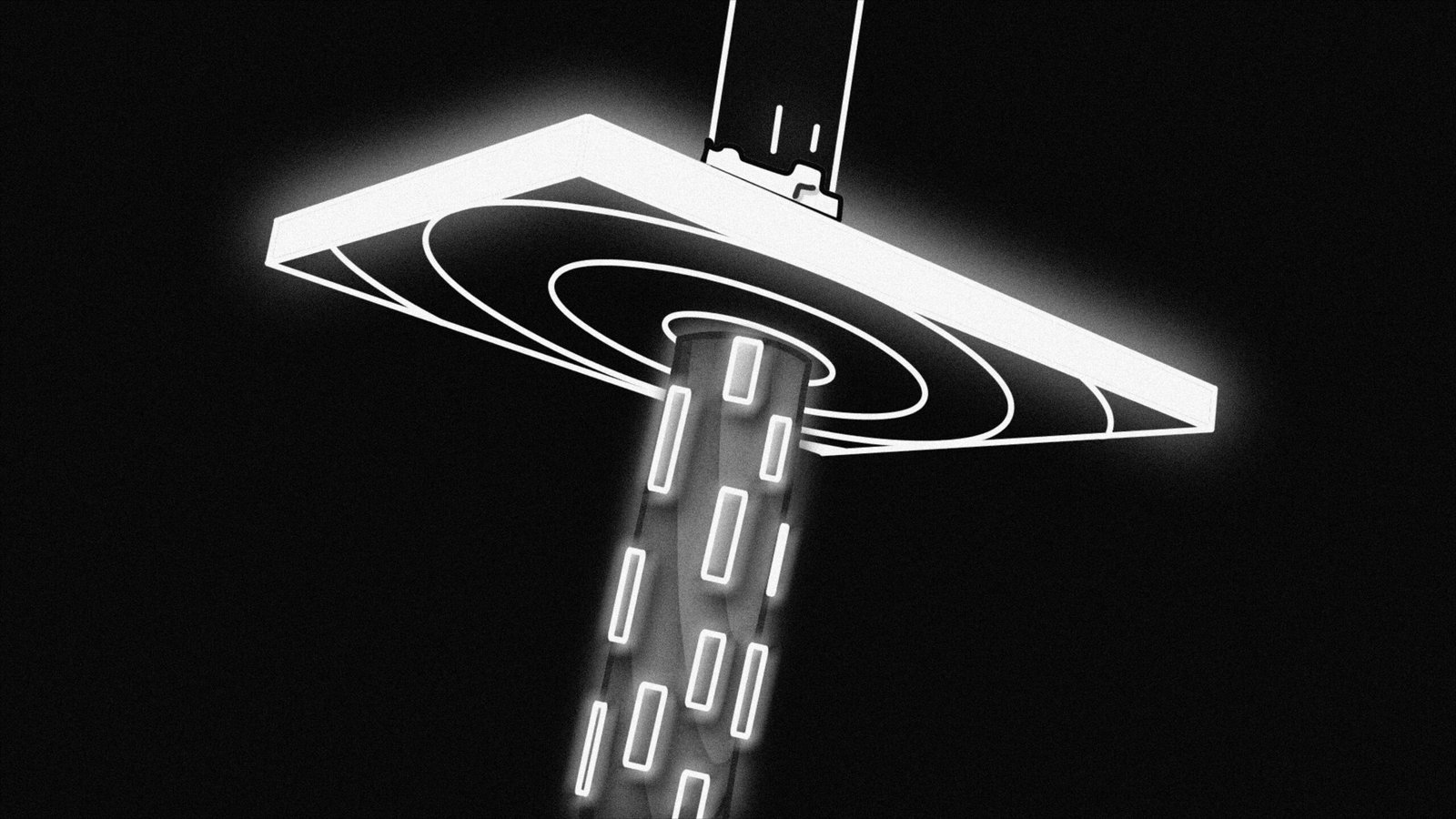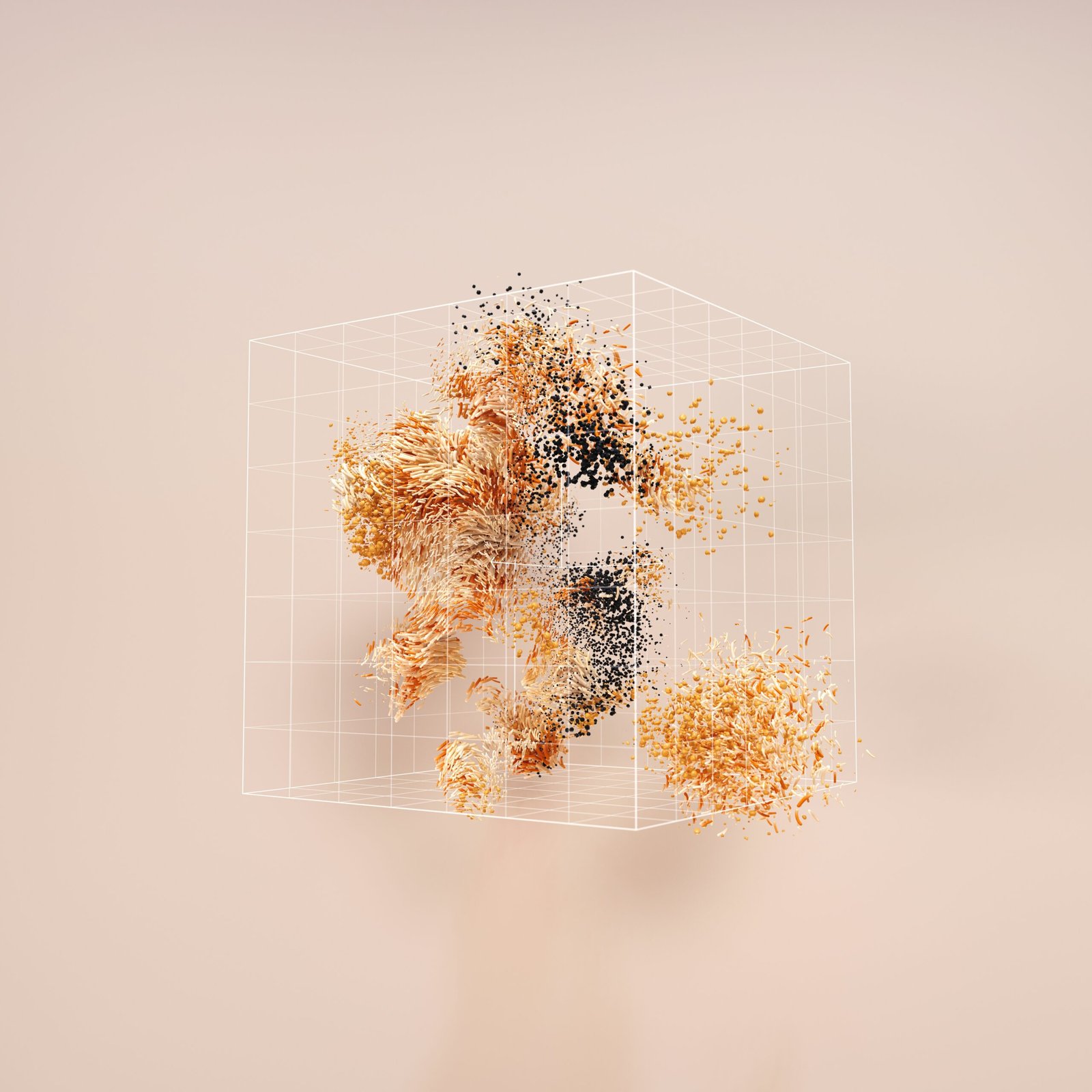
- The Crisis in Wildlife Conservation
- Final Thoughts
Explore how AI-powered drones, image recognition, and predictive models are tracking endangered species and fighting poaching in real time.
In the lush, often impenetrable depths of forests and the sweeping stretches of grasslands, a silent transformation is taking place. While conservationists have long struggled to protect endangered species with limited resources, artificial intelligence (AI) is now offering powerful new tools to shift the balance in favor of wildlife. From machine learning algorithms and AI-powered drones to real-time image recognition, the fusion of advanced technology and environmental conservation is opening up a new frontier.
Welcome to the age of AI in the wild, where the protection of life on Earth is being bolstered by lines of code and neural networks.
The Crisis in Wildlife Conservation
According to the World Wildlife Fund (WWF), over 1 million species are at risk of extinction, with many more under threat from habitat loss, illegal poaching, and climate change. Traditional methods of tracking, such as tagging animals or using camera traps, are often expensive, time-consuming, and reactive rather than proactive.
This is where artificial intelligence and machine learning come into play, revolutionizing wildlife monitoring by automating detection, prediction, and even intervention processes. These technologies are not just improving outcomes—they’re reshaping the very strategy of conservation.
1. AI-Powered Drones: Guardians of the Skies
In remote regions like the African savannas and Amazon rainforests, conservationists are increasingly deploying AI-integrated drones to monitor wildlife from the skies. These aren’t ordinary flying machines—they’re fitted with thermal sensors, night-vision cameras, and real-time tracking capabilities.
But the real breakthrough comes with machine learning algorithms that analyze the drone footage instantly. These algorithms can:
- Detect specific animal species by shape and size.
- Track migration patterns.
- Identify signs of illegal logging or human encroachment.
- Alert rangers to potential poaching activity.
Real-World Example:
In South Africa’s Kruger National Park, AI drones have been deployed to patrol for rhino poachers. By recognizing both human and animal movement patterns, these drones can alert authorities to suspicious activity before any harm occurs.
Keyword Insight: AI-powered drones, wildlife monitoring AI, drone surveillance for conservation
2. Image Recognition: Teaching AI to See Like a Biologist
One of the most exciting applications of machine learning in wildlife conservation is image recognition. With thousands of camera traps capturing millions of images, it’s humanly impossible to sift through them all. This is where convolutional neural networks (CNNs) step in.
These deep learning models are trained to recognize:
- Animal species (even in poor lighting or partial view)
- Behavioral patterns (e.g., hunting, migrating, mating)
- Environmental changes (deforestation, pollution, water levels)
Once trained, AI systems can sort through and label millions of photos in minutes, drastically accelerating research and enabling near real-time conservation decisions.
Real-World Example:
Wildbook.org uses computer vision AI to identify individual animals like zebras and whales based on their unique patterns. This allows for population tracking without physical tagging—a major ethical and logistical improvement.
Keyword Insight: image recognition AI for wildlife, AI animal detection, camera trap automation with AI
3. Predictive Analytics: Stopping Poaching Before It Happens
Preventing illegal poaching has always been a challenge of acting on limited information. Enter predictive analytics—a field where AI uses historical data, geographic patterns, and behavioral insights to forecast where crimes are likely to occur.
AI models can combine:
- Past incidents of poaching
- Animal migration routes
- Patrol schedules
- Time of day and weather conditions
Using this data, AI systems can pinpoint potential hotspots of illegal activity, allowing anti-poaching units to allocate their efforts more strategically.
Real-World Example:
The PAWS (Protection Assistant for Wildlife Security) project uses AI to model poacher behavior and optimize ranger patrol routes. The result? A measurable decrease in illegal activity and more efficient use of conservation resources.
Keyword Insight: predictive modeling for poaching, anti-poaching AI systems, wildlife protection with machine learning
4. AI and Bioacoustics: Listening to the Forest
Not all monitoring needs a visual interface. Some researchers are using AI audio analysis to detect animal sounds or illegal activity in dense environments where visibility is limited.
AI models trained in bioacoustics can:
- Recognize specific animal calls (e.g., bird songs, elephant rumbles)
- Detect gunshots or chainsaw noises in protected areas
- Monitor biodiversity levels over time
This type of analysis turns entire forests into listening devices, creating an acoustic map of ecological health.
Real-World Example:
Rainforest Connection has installed solar-powered recording devices in trees across South America and Southeast Asia. These devices stream audio to AI systems that can instantly recognize danger signs—like logging or gunfire—and send alerts to rangers.
Keyword Insight: bioacoustics AI, AI in environmental sound detection, forest audio surveillance with AI
5. Challenges in AI-Driven Conservation
Despite its promise, AI in wildlife conservation is not without hurdles:
- Data Scarcity: Training AI requires large datasets, which may not exist for rare or endangered species.
- Bias in Models: Poor data can lead to inaccurate predictions or species misidentification.
- High Costs: Advanced drones and AI systems still carry high initial investment costs.
- Ethical Concerns: There’s ongoing debate about surveillance in indigenous or protected regions.
Addressing these challenges will require collaboration between technologists, ecologists, local communities, and policymakers.
6. The Future: Smarter, Safer, and More Sustainable
AI is not a silver bullet, but it is a powerful tool in a growing arsenal. As computing power becomes cheaper and datasets more accessible, AI applications in conservation will only grow more sophisticated. We can expect to see:
- Autonomous AI patrol units
- Integration with satellite imagery for climate modeling
- Cross-border databases using blockchain and AI for wildlife trafficking tracking
At its best, AI doesn’t replace human conservationists—it augments their abilities, turning each scientist into a superpowered guardian of biodiversity.
Why It Matters: AIX Circle’s Vision for a Smarter Planet
At AIX Circle, we believe the synergy between artificial intelligence and environmental responsibility is more than just an opportunity—it’s a necessity. Our work in AI innovation isn’t just about advancing industries. It’s about shaping a smarter, more sustainable planet where technology becomes the steward of nature, not its destroyer.
By supporting initiatives that bridge the gap between tech and ecology, we are committed to ensuring that AI in the wild means a safer, more hopeful world for the species we share it with.
Final Thoughts
The battle to save Earth’s wildlife has always seemed like an uphill climb. But today, with AI on our side, we can move from reacting to proactively protecting what matters most. Whether it’s tracking elephants with drones, listening for chainsaws in the jungle, or forecasting poacher movements, artificial intelligence is truly revolutionizing wildlife conservation.
In the coming years, as AI systems become more intuitive and interconnected, the wild may no longer be a realm too vast to manage. Instead, it could become the first ecosystem truly understood and protected with the help of intelligent machines.

